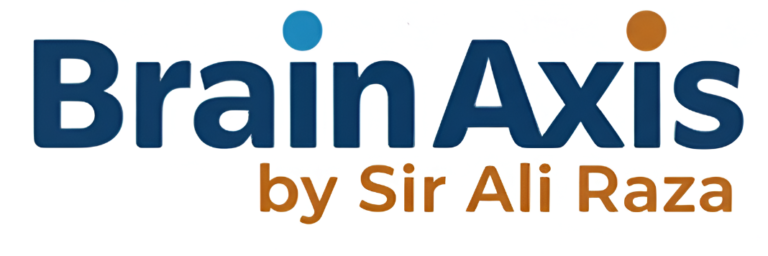Respiratory System Questions
- Name the organs that make up the respiratory system.
- The respiratory system includes the nose, mouth, larynx, pharynx, trachea, and lungs.
- Which gases are exchanged when we breathe in and breathe out? Of these, which is important for our survival?
- When we breathe in, we take in oxygen, and when we breathe out, we release carbon dioxide. Oxygen is important for our survival because our cells need it to function.
Muscular System Questions
- What is the function of our muscular system?
- The muscular system helps the body move and supports movement in organs like the heart and digestive system.
- How many muscles does our body have?
- The human body has more than 600 muscles.
- What are:
- a. Voluntary muscles?
Muscles you can control, like skeletal muscles (e.g., waving or kicking a ball). - b. Involuntary muscles?
Muscles you cannot control, like smooth muscles (e.g., digestion) and the cardiac muscle (heart).
- What is the cardiac muscle?
- The cardiac muscle is the heart muscle, which pumps blood automatically (involuntarily).
Skeletal System Questions
- How many bones are there in:
- a. A human adult’s body?
An adult has 206 bones. - b. A human child’s body?
A child has more than 300 bones (some fuse together as they grow).
- Can you explain the difference?
- Babies have more bones because some bones (like skull bones) are separate at birth but fuse into fewer, larger bones as they grow.
Unit 1 Review Questions
- Function of the following:
- Vein: Carries blood to the heart.
- Capillary: Tiny vessels linking arteries and veins; exchange oxygen/nutrients with cells.
- Artery: Carries blood away from the heart.
- Alveoli: Tiny air sacs in lungs that exchange oxygen and carbon dioxide.
- Saliva: Helps break down food in the mouth.
- Ureter: Tubes carrying urine from kidneys to bladder.
- How does the nervous system work? (Not in Chap 1, but likely controls body functions via brain/nerves.)
- How does the heart function?
- The heart pumps blood:
- Right side: Sends oxygen-poor blood to lungs.
- Left side: Sends oxygen-rich blood to the body.
- Importance of the respiratory system?
- It supplies oxygen (needed for survival) and removes carbon dioxide.
- What are muscles? Their role?
- Muscles are elastic tissues that help movement (e.g., walking, digestion, heartbeat).
- What is a skeleton? Its functions?
- The skeleton is all the bones (206 in adults). It:
- Supports the body.
- Protects organs (e.g., skull protects the brain).
- Helps movement (with muscles/joints).
- Two types of joints with examples:
- Ball-and-socket (shoulder, hip).
- Hinge (knee, elbow).
- How does digestion work?
- Food is broken down in the mouth → stomach (acid) → small intestine (nutrients absorbed) → large intestine (water removed) → waste exits.
- Urinary system? (Not in Chap 1, but likely includes kidneys, bladder, ureters to filter waste/control water balance.)
